One interval or two in Traviata?
mainYannick Nézet-Séguin has told the parish newspaperb that he fought long and hard to have the second intermission restored in the upcoming Met production of La Traviata.
It’s certainly a break for the busy conductor and a boost for bar takings.
But what about the drama? Doesn’t it disrupt the tension?
Or is it for all those ‘loyal subscribers’ who require two comfort breaks?
Your thoughts?
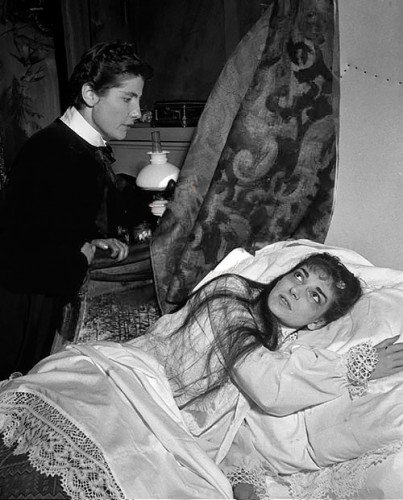

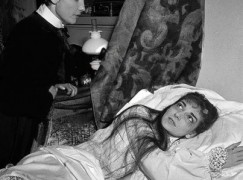
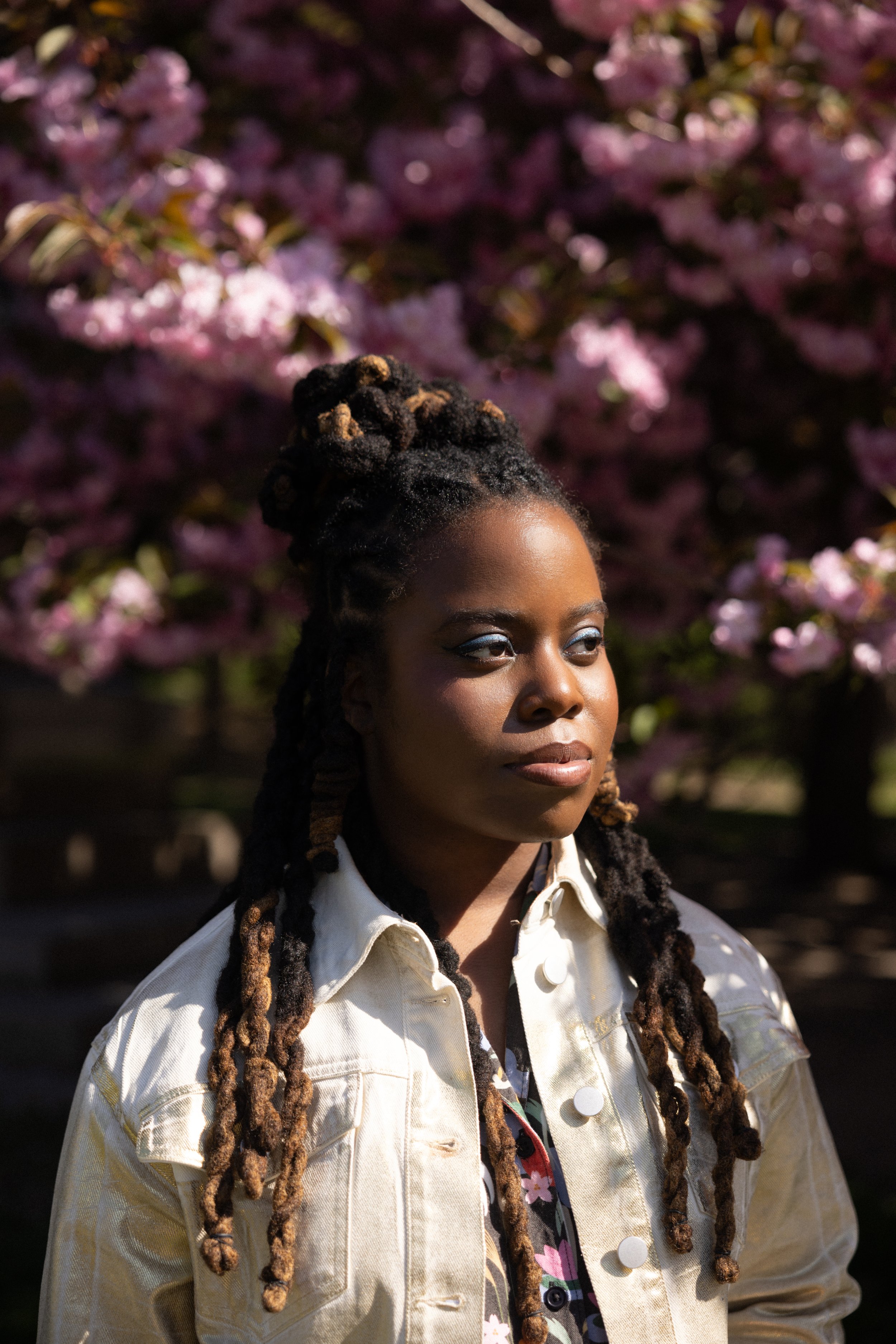

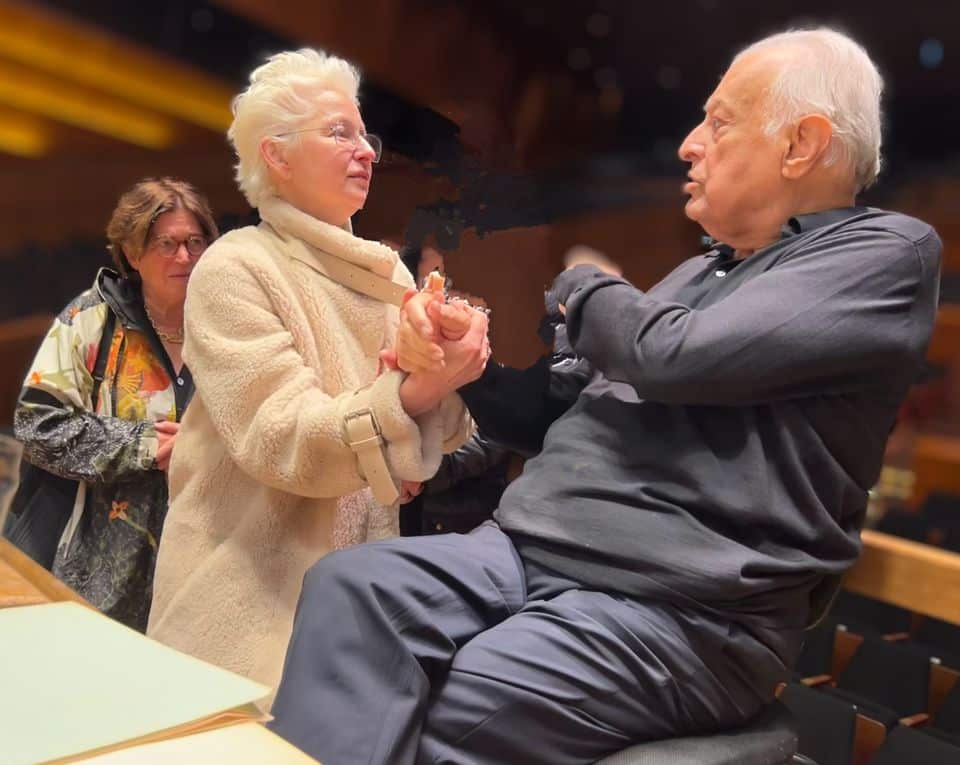
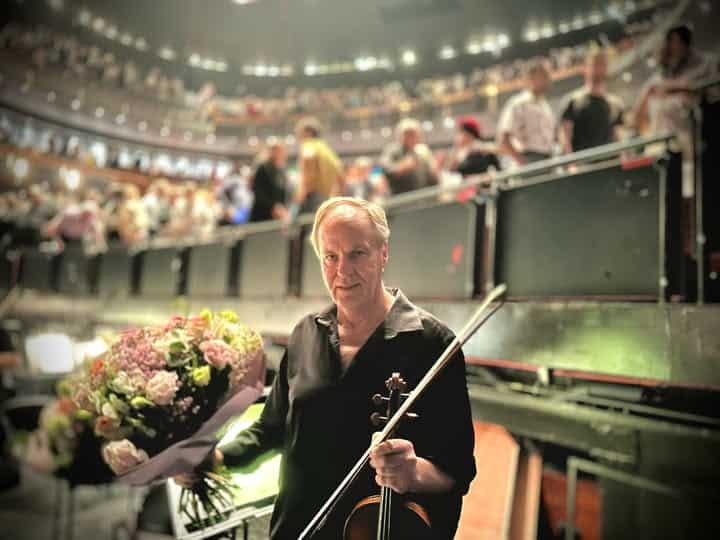
Comments